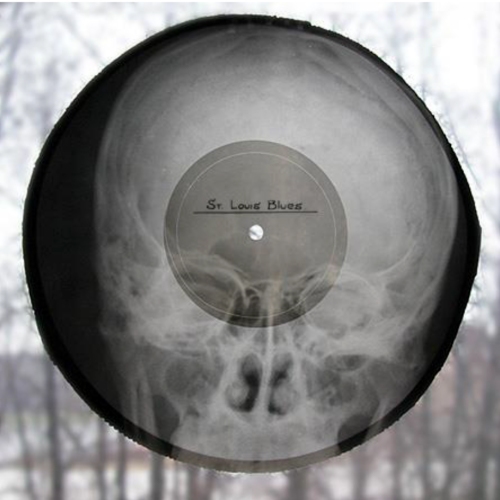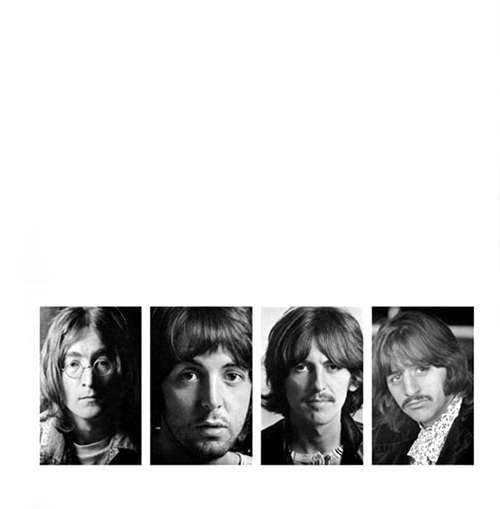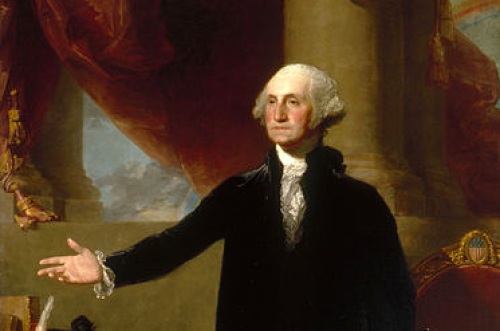
Few rock musicians have been as politically and stylistically radical as The Fugs were in their first incarnation, which ran from about 1964 to mid-1969.
They were the first group to shatter taboos against profane and obscene language and explicit lyrics about sex and illicit substances in rock music, predating even The Velvet Underground. They were also among the forerunners of the hybrid known as folk-rock.
They claim to have played more benefits for left-wing political causes than any other band of the era did. They suffered draining battles against censorship and harassment from politicians, law enforcement, and right-wingers.
They drew upon the poetry of William Blake, Allen Ginsberg, and others for some of their more literary lyrics. They were among the first rock artists to smash the barrier against songs running more than five minutes and, along with The Mothers of Invention and The Bonzo Dog Band, they were one of the funniest bands of the time, couching their political and social satire in wit that could be both ferocious and gentle.
This according to “The Fugs” by Ritchie Unterberger, an essay included in Urban spacemen and wayfaring strangers: Overlooked innovators and eccentric visionaries of ’60s rock (San Francisco: Miller Freeman, 2000, pp. 94–108).
Below, The Fugs at the Fillmore East in 1968 (audio only).










